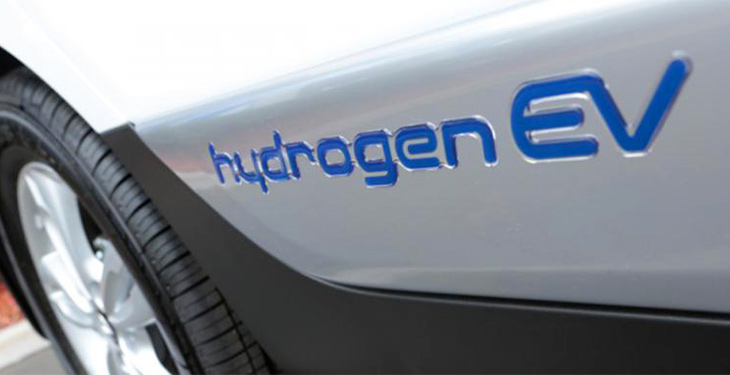In a study commissioned by H2 MOBILITY Deutschland, scientists from the Fraunhofer Institute for Solar Energy Systems ISE conducted a life cycle comparison of electric and fuel cell vehicles. The latter seem greener, nonetheless, the whole world still seems to be focused primarily on relying on battery-powered vehicles. There are currently almost 9,200 charging stations for electric cars throughout Germany, and it feels as if new charging stations are appearing all over the place. Manufacturers are racing against each other to see who is able to supply the battery with the longest range and shortest charging time. Other motoring concepts seem to fall by the wayside, according to innovationorigins.com.
The Fraunhofer Institute researchers now demonstrate that battery technology is far from the most ideal choice. According to the study, the better solution is the fuel cell, which (still) seems almost irrelevant in future mobility planning. The scientists have broken down in detail for the periods of 2020-2030 and 2030-2040 how much greenhouse gas (GHG) emissions would be generated in the manufacturing, operation, and disposal of battery and fuel cell vehicles with ranges of 300 kilometers and more. These calculations also took into account issues such as the amount of material required for the production of batteries, fuel cells and hydrogen tanks, along wth the emissions generated during production and processing. The researchers based their calculations on different scenarios for the generation of electricity or hydrogen. From best-case scenario to worst-case scenario. They also compared the figures with those of diesel-powered cars.
In the best-case scenario, the electricity for the battery vehicles comes from a photovoltaic system. In the worst case, it comes from the usual German electricity mix. In the best-case scenario for hydrogen, the hydrogen is generated with 100% wind energy. The worst-case scenario was based on production by reconstituting natural gas. In addition, the values were also compared with the emissions that were generated during charging with the mixed version (50% natural gas and 50% wind power).
The result should perhaps give car manufacturers ample food for thought, as in terms of greenhouse gas emissions at higher ranges. As vehicles with fuel cell technology performed better in the study than vehicles with batteries. Even in the worst-case scenario (100% H2 from natural gas), fuel cell vehicle GHG emissions over a distance of 150,000 kilometers are lower than those of comparable battery vehicles (90 kWh battery) that are charged with electricity from the German electricity mix.
